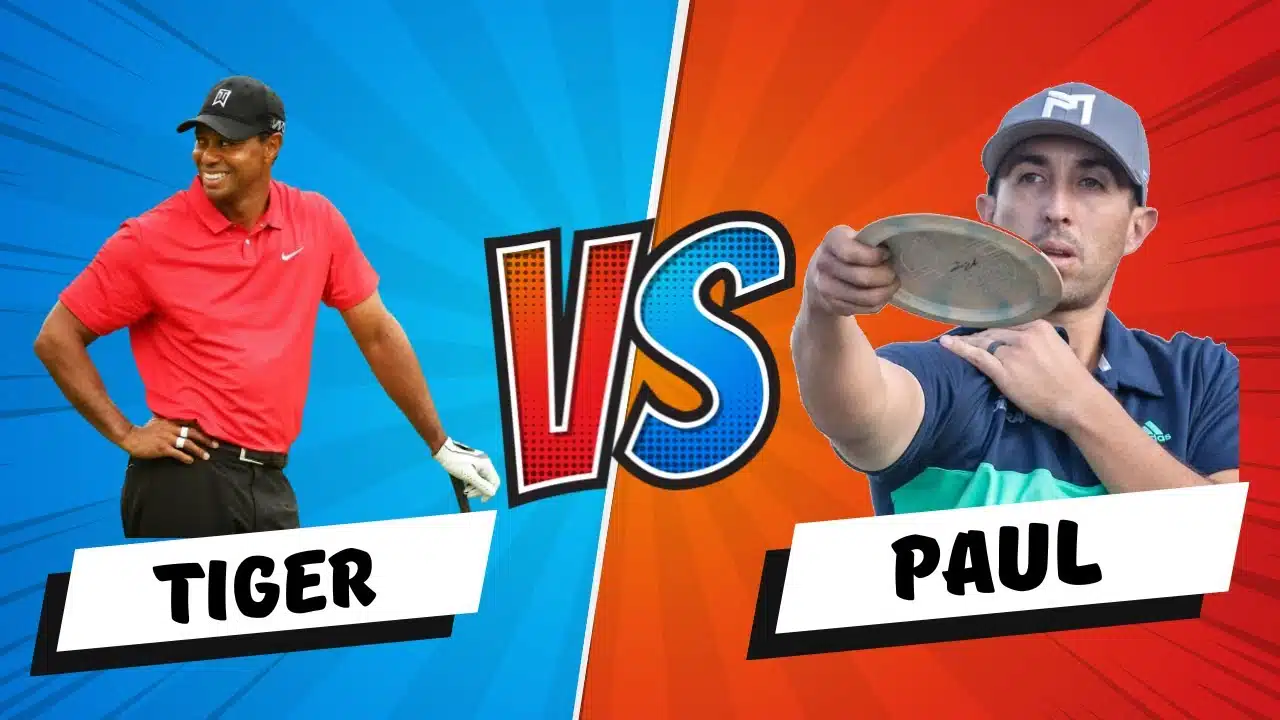

Recap of Distinctions In Between Conventional Sphere Golf and Disc Golf
Gameplay and Rules
– Ball Golf: Played with a set of clubs and a sphere. The goal is to strike the sphere into a series of openings on a program in as couple of strokes as feasible.
– Disc Golf: Played with discs (similar to frisbees). The purpose is to throw the disc right into a metal basket in as few tosses as possible.
Training courses
– Ball Golf: Typically used large, well-kept courses with 18 openings, including hazards like sand traps and water bodies.
– Disc Golf: Played on programs in parks or all-natural setups with 9 or 18 holes, frequently using existing surface and challenges like shrubs and trees.
Tools
– Ball Golf: Requires a set of clubs (vehicle driver, irons, putter), a golf ball, tees, and a bag. With time, tools has evolved with technological developments in products (e.g., titanium clubs, multi-layer spheres).
– Disc Golf: Uses specific discs (motorists, mid-range, putters). Devices has evolved with the development of discs developed for various trip patterns and ranges.
Background
– Ball Golf: Originated in Scotland in the 15th century. It progressed from striking pebbles over sand dunes utilizing a stick. The initial golf club, the Honourable Company of Edinburgh Golfers, was formed in 1744.
– Disc Golf: Dates back to the early 20th century, with formalized regulations and courses appearing in the 1970s. The Professional Disc Golf Association (PDGA) was established in 1976.
Expert Earnings
Competition Prizes and Sponsorships
– Ball Golf: Professional golfers can gain millions in competition rewards, with major tournaments like The Masters offering prize pools in the millions. Sponsorships and endorsements from brands like Nike, Rolex, and Titleist additionally contribute significantly to their earnings.
– Disc Golf: While expanding, the reward money in disc golf is significantly less, with major events using prize pools in the 10s of thousands. Endorsements and sponsorships are usually from disc manufacturers and sports apparel business.
Leading 5 Earnings and professionals
Round Golf
1. Tiger Woods: Over $120 million in job incomes from competitions. Extra revenues from recommendations.
2. Phil Mickelson: Over $90 million in job competition revenues. Substantial sponsorship offers.
3. Dustin Johnson: Over $70 million in job incomes.
4. Rory McIlroy: Over $60 million in career incomes.
5. Justin Thomas: Over $50 million in profession earnings.
Disc Golf
1. Paul McBeth: Over $500,000 in profession tournament earnings. Considerable sponsorship bargains, including a $10 million handle Discraft.
2. Ricky Wysocki: Over $400,000 in profession incomes.
3. Eagle McMahon: Over $300,000 in profession incomes.
4. Kevin Jones: Over $200,000 in occupation profits.
5. Chris Dickerson: Over $200,000 in career profits.
Contrast of Total Earnings
– Ball Golf: Top specialists can make over $50 million from events alone, with added millions from recommendations.
– Disc Golf: Top professionals gain significantly less from competitions, with top earners like Paul McBeth supplementing revenue via substantial sponsorship offers.
–.
This summary gives an extensive comparison of the two sports, their backgrounds, devices evolution, and specialist earnings.
